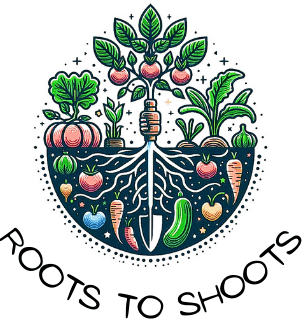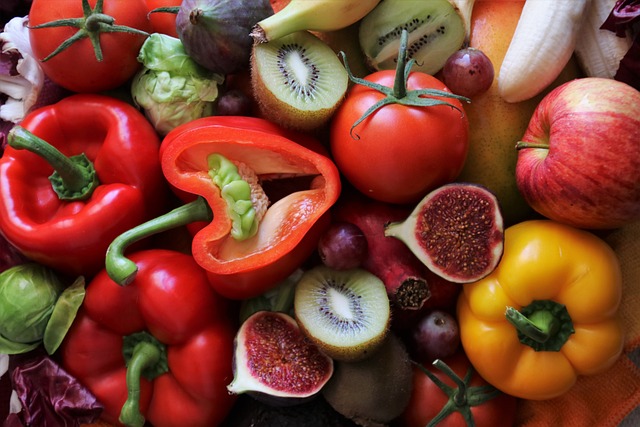Discover how to set up a vegetable garden at home. From choosing the right location to harvesting your own fresh produce, learn essential tips for a successful and rewarding gardening experience.
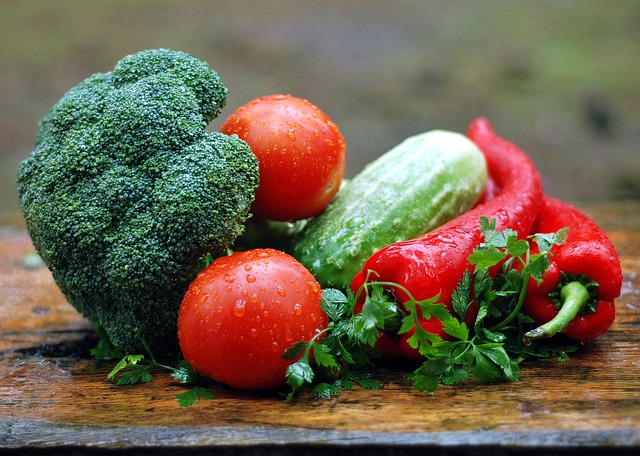
Hey there, lovely folks! Mitch here, ready to take you on an exciting adventure into the wonderful world of gardening. Get ready to join me as we transform your backyard into a lush oasis bursting with fresh veggies and vibrant colours. From the thrill of selecting the perfect plot of land to the satisfaction of harvesting our own homegrown produce, I’ll be your enthusiastic guide every step of the way. Together, we’ll dig deep into the soil, nurture our plants with care, and celebrate the joy of watching our garden flourish before our eyes. So grab your gardening gloves and get ready to embark on this epic journey with me – it’s going to be bloomin’ fantastic! Who’s ready to dig in and make some magic happen? Let’s do this!
check out some other articles on the Ultimate grow guide below
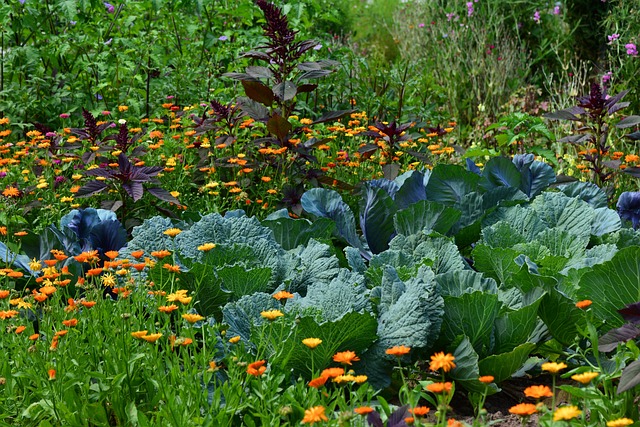
Also head over here and get yourself a vegetable seed starter kit
A Few Tips To Get You Started
Site Selection and Preparation:
- I began by carefully observing my backyard to identify the most suitable location for my garden. I looked for an area with ample sunlight exposure (at least 6-8 hours per day) and proper drainage.
- Once I found the perfect spot, I cleared any debris, weeds, or rocks from the area to prepare it for gardening.
Soil Testing and Amendment:
- Before planting anything, I conducted a soil test to assess its pH level and nutrient content. This step helped me determine if any amendments were necessary to optimize soil health.
- Based on the soil test results, I incorporated organic matter such as compost, aged manure, or peat moss to improve soil structure, fertility, and drainage.
Building Raised Beds or Installing Containers:
- To create defined growing areas and enhance soil quality, I opted to build raised beds using untreated lumber or install large containers if space was limited.
- Raised beds offer better control over soil conditions, improve drainage, and reduce the risk of soil compaction. Containers are ideal for small spaces like balconies or patios and provide mobility if needed. Check out my article here about raised beds
Layout and Planning:
- With the gardening area established, I carefully planned the layout of my garden beds or containers. I considered factors such as plant spacing, sunlight requirements, and companion planting to maximize productivity and minimize pests and diseases.
- I also made sure to leave adequate pathways between beds for easy access and maintenance.
Selecting Vegetable Varieties:
- I researched and selected vegetable varieties that were well-suited to my climate, soil type, and available growing space. I prioritized vegetables that my family enjoys eating and that have relatively low maintenance requirements.
- I diversified my selection to include a mix of leafy greens, root vegetables, vine crops, and herbs to ensure a varied and plentiful harvest throughout the growing season. I have an article here on the best vegetables to grow at home.
Starting Seeds Indoors or Direct Sowing:
- Depending on the vegetable variety and local climate, I either started seeds indoors several weeks before the last frost date or directly sowed seeds into the garden beds or containers.
- Starting seeds indoors allowed me to get a head start on the growing season and provided greater control over germination and early growth. Direct sowing saved time and effort for vegetables that prefer to be planted directly in the ground.
Planting and Spacing:
- When planting seeds or transplanting seedlings, I followed spacing recommendations provided on seed packets or plant labels. Proper spacing ensures adequate airflow, sunlight exposure, and room for plant growth.
- I used measuring tools like a ruler or planting grid to maintain uniform spacing between plants and rows, which helps optimize garden space and reduce competition for nutrients.
Watering and Irrigation:
- Providing consistent moisture is essential for healthy plant growth, especially during the critical germination and establishment phases. I watered my vegetable garden regularly, ensuring that the soil remained evenly moist but not waterlogged.
- Depending on the size of my garden and personal preferences, I used a combination of watering methods, including hand watering with a hose or watering can, drip irrigation systems, or soaker hoses.
Fertilization and Soil Maintenance:
- Throughout the growing season, I fed my vegetable plants with organic fertilizers, compost, or other soil amendments to replenish nutrients and promote vigorous growth.
- I monitored soil moisture levels, pH, and nutrient levels regularly and made adjustments as needed to maintain optimal growing conditions for my plants. Check out my article here on the best Organic Fertilizers.
Mulching and Weed Control:
- To suppress weed growth, conserve soil moisture, and regulate soil temperature, I applied organic mulches such as straw, shredded leaves, or grass clippings around my vegetable plants.
- Mulching also helps improve soil structure over time as organic matter decomposes, enriching the soil with nutrients and enhancing microbial activity.
Pest and Disease Management:
- I employed a combination of preventative measures and organic pest control methods to manage common garden pests and diseases.
- These methods included companion planting, crop rotation, physical barriers like row covers or netting, handpicking pests, introducing beneficial insects, and using organic insecticidal soaps or botanical sprays when necessary.
Monitoring and Maintenance:
- Regular monitoring of my vegetable garden allowed me to detect and address issues such as nutrient deficiencies, pest infestations, or diseases early on before they could cause significant damage.
- I performed routine maintenance tasks such as pruning, trellising, and removing spent or diseased plant material to promote airflow, reduce pest habitat, and encourage healthy growth.
Harvesting and Enjoying the Fruits of My Labour:
- As my vegetable plants matured, I eagerly awaited the arrival of fresh, homegrown produce. I harvested vegetables at their peak ripeness, flavor, and nutritional content for the best taste and quality.
- Harvesting regularly encourages continuous production and prevents vegetables from becoming overripe or bolting prematurely. I celebrated each harvest with gratitude and enjoyed sharing the bounty with family and friends.
Seasonal Care and Planning for Successive Plantings:
- Throughout the growing season, I practiced seasonal care tasks such as pruning, mulching, and fertilizing to maintain garden health and productivity.
- I also planned for successive plantings of certain vegetable crops to extend the harvest season and maximize garden yield. Successive plantings ensure a steady supply of fresh produce throughout the growing season and reduce waste from surplus harvests.
Reflection and Continuous Learning:
- As my gardening journey progressed, I reflected on my experiences, successes, and challenges to learn and improve my skills for future seasons.
- I sought out resources such as gardening books, online forums, and local gardening clubs to expand my knowledge, exchange ideas, and connect with fellow gardeners in my community.
Head Over Here For A Full List Of Vegetables
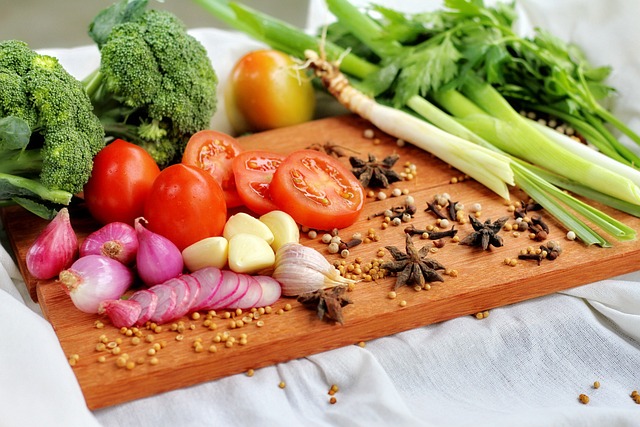
The joys of been self sufficient
Being self-sufficient is like being your own boss of life, and let me tell you, it’s pretty awesome! Here’s why:
You’re in Charge: When you’re self-sufficient, you get to call the shots. You can grow your own food, fix things around the house, and take care of yourself without needing to ask for help all the time.
Nature Lover: You get to spend time outside, hanging out with plants and animals. It’s like having your own little adventure in your backyard!
Healthy Habits: Growing your own food means you’re eating fresh, delicious veggies and fruits. Plus, all that digging and planting is great exercise!
Money Saver: By doing things yourself, like growing food or making stuff, you can save a ton of money. Who doesn’t love having extra cash in their pocket?
Ready for Anything: When you’re self-sufficient, you’re prepared for anything that comes your way. Bad weather, no problem! You’ve got everything you need right at home.
Feeling Proud: Learning new skills and being able to do cool stuff makes you feel like a superhero. Who knew you could fix that leaky faucet all by yourself?
Community Connection: Sometimes, being self-sufficient means sharing your extra food or helping out your neighbors. It feels good to lend a hand and be part of a team.

The Wrap Up
So, in the end, being self-sufficient is like having your own little superpower. It makes you feel good, keeps you connected to nature, and gives you a warm fuzzy feeling inside. Whether it’s growing veggies, fixing stuff, or helping out your pals, being self-sufficient is all about feeling proud and happy about what you can do. So, keep on being your awesome self, and enjoy the cozy feeling of knowing you’ve got it all under control! Leave us a comment please!
Happy gardening
Mitch
Follow to stay up to date with new posts!
Our website contains affiliate links. This means if you click and make a purchase, we may receive a small commission. Don’t worry, there’s no extra cost to you. It’s a simple way you can support our mission to bring you quality Gardening Tips.
Last Updated on February 12, 2025 by Mitch
